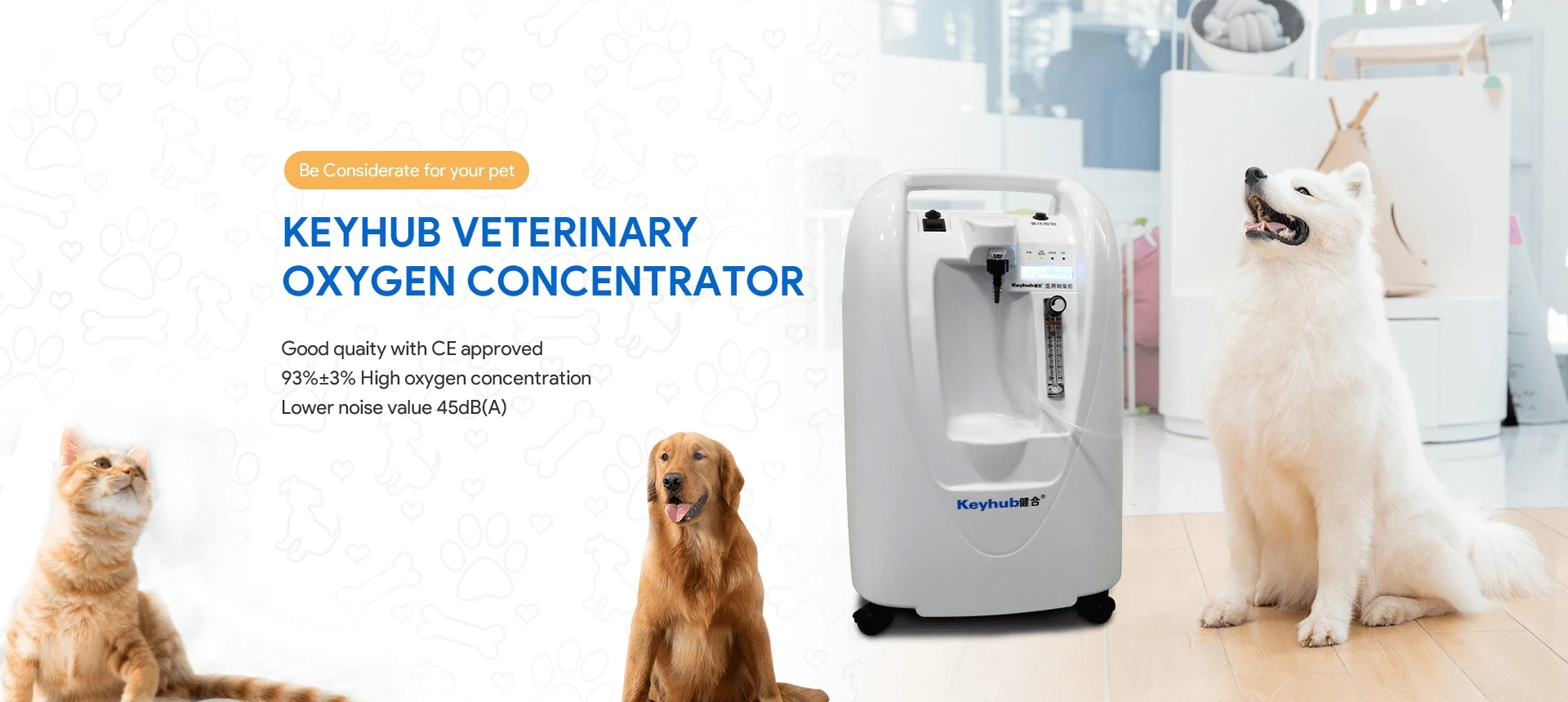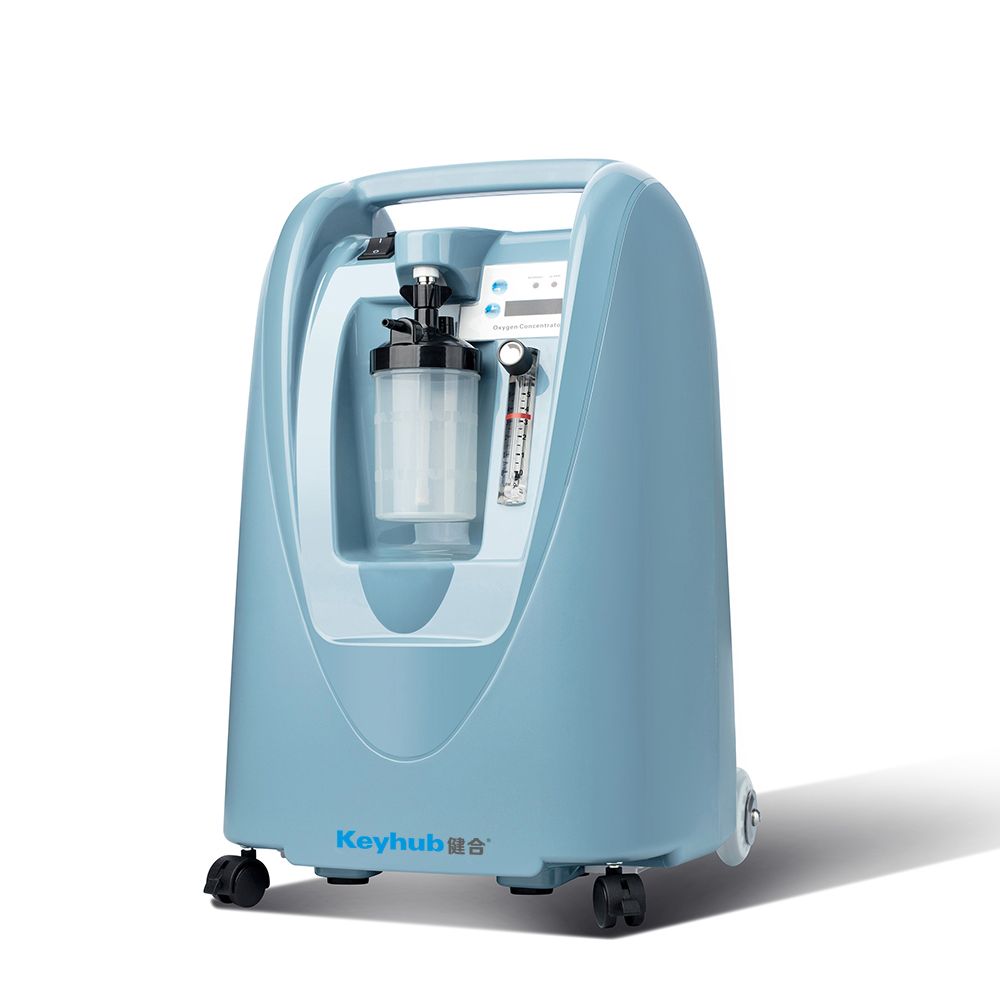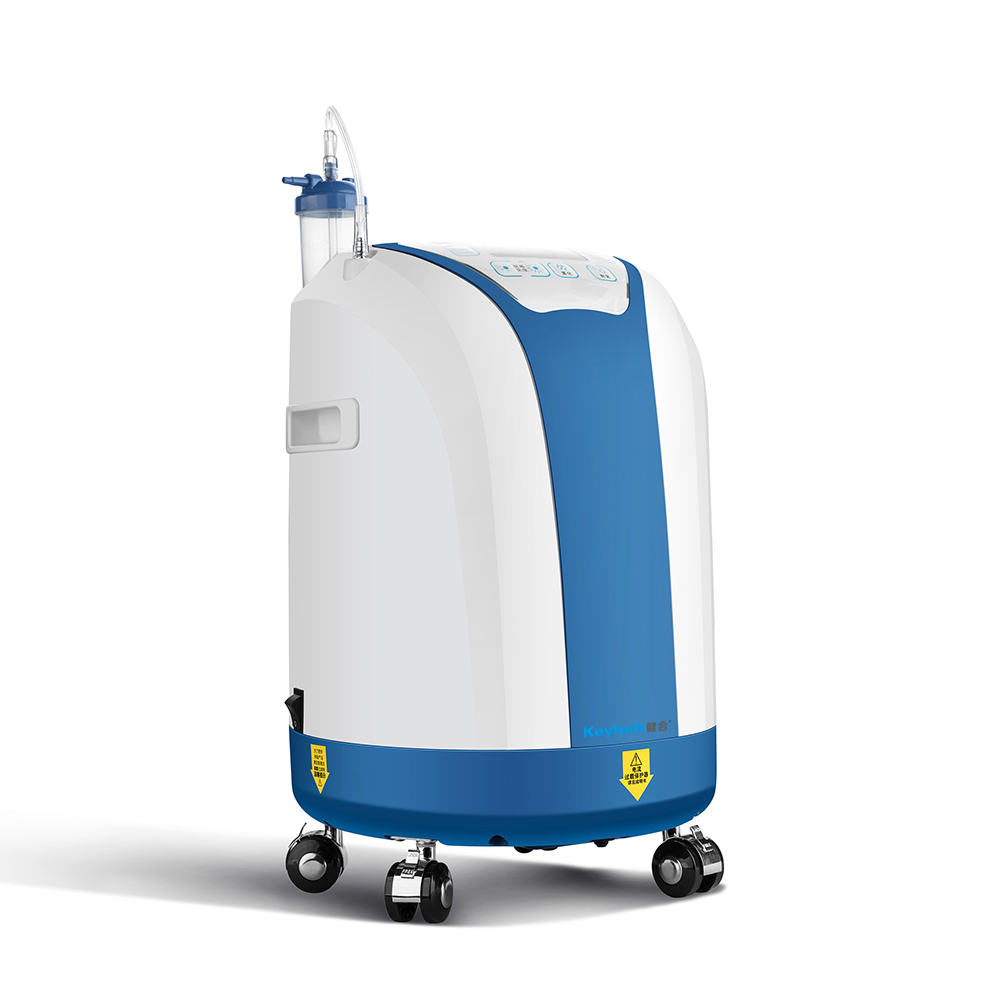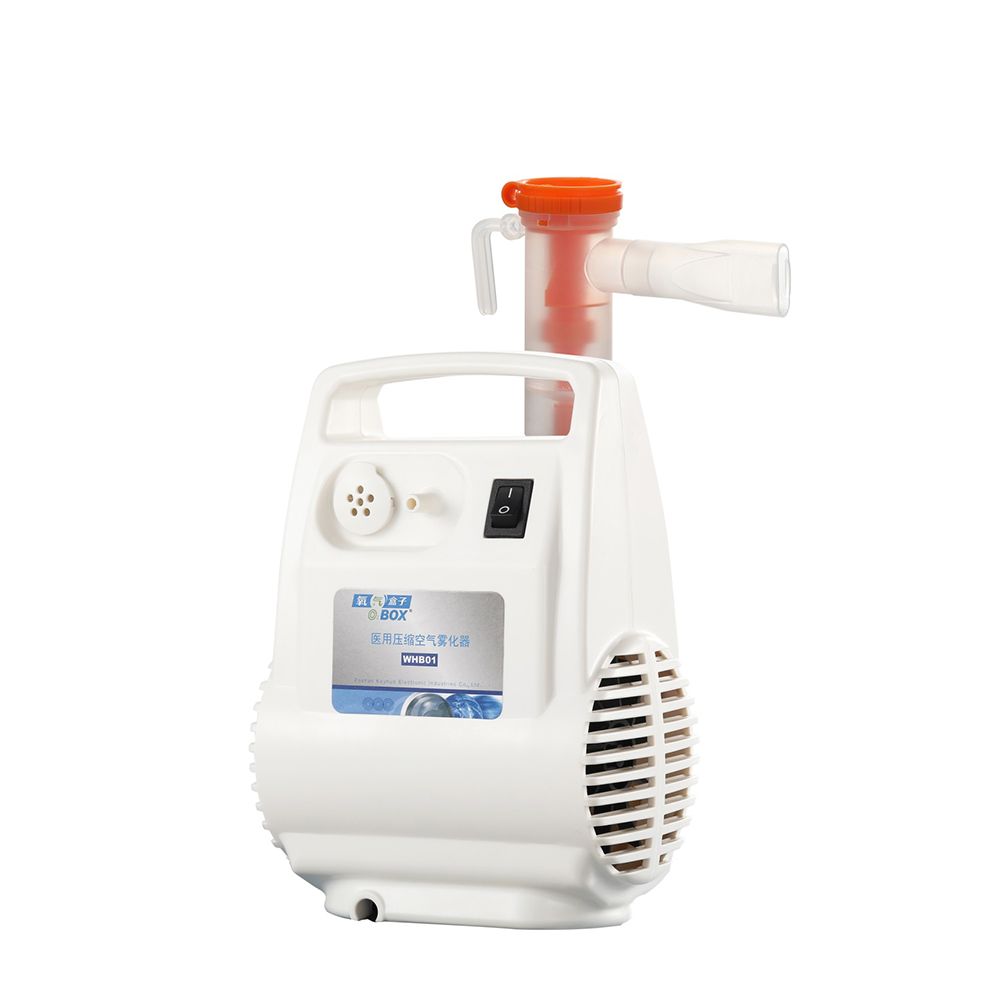In veterinary practices, ensuring a reliable and efficient supply of oxygen is crucial for the treatment and recovery of animal patients. Two primary methods for delivering oxygen are oxygen concentrators and traditional oxygen cylinders. This article will compare these two options, focusing on their efficiency, cost, safety, and practical applications in veterinary settings.
Veterinary Oxygen Concentrators
Veterinary oxygen concentrators are devices used in veterinary practices to provide supplemental oxygen to animals during treatment or recovery. These devices extract oxygen from the ambient air, making them a cost-effective and sustainable alternative to traditional bottled oxygen.
Safety and Benefits
Oxygen concentrators are considered extremely safe for both patients and veterinary practices. They eliminate the risks associated with compressed oxygen cylinders, such as leaks and potential explosions. Additionally, they require minimal maintenance, primarily involving filter changes.
Cost-Effective: They reduce the need for purchasing, refilling, and managing oxygen tanks, leading to significant cost savings.
Sustainability: They provide a continuous supply of oxygen as long as there is fresh air, reducing dependency on supply chains and minimizing environmental impact.
Portability: Some models are designed for portability, making them useful for in-clinic use, medical transport, and home care.
Veterinary oxygen concentrators are essential tools in modern veterinary medicine, offering a reliable, safe, and economical solution for providing supplemental oxygen to animals in need.
Veterinary Oxygen Cylinders
Veterinary oxygen cylinders are a traditional and widely used method for storing and delivering oxygen in veterinary practices. These cylinders are essential for providing supplemental oxygen to animals, particularly during anesthesia, surgery, and emergency care.
Veterinary Oxygen Concentrators Vs. Oxygen Cylinders
Efficiency
Oxygen Concentrators: Oxygen concentrators extract oxygen from ambient air, providing a continuous supply of oxygen without the need for frequent refilling. This makes them highly efficient, especially for clinics with a steady demand for oxygen. They can deliver oxygen at various flow rates, typically ranging from 0.5 to 10 liters per minute (LPM), depending on the model.
Oxygen Cylinders: Oxygen cylinders store compressed oxygen and need to be replaced or refilled once depleted. The efficiency of oxygen cylinders depends on the size of the cylinder and the frequency of use. Smaller cylinders may need to be replaced frequently, adding to the logistical burden.
Cost
Oxygen Concentrators: The initial investment in an oxygen concentrator can be higher than purchasing individual oxygen cylinders. However, concentrators can be more cost-effective in the long run as they eliminate the recurring costs associated with cylinder refills, rentals, and deliveries. Additionally, concentrators have minimal maintenance costs, primarily involving filter changes.
Oxygen Cylinders: While the upfront cost of oxygen cylinders is lower, the ongoing expenses for refills, rentals, and transportation can add up over time. Veterinary practices may also incur additional costs for safety equipment and training to handle compressed gas safely.
Safety
Oxygen Concentrators: Oxygen concentrators are generally safer than oxygen cylinders as they do not store large amounts of compressed gas. This reduces the risk of leaks, fires, or explosions. Concentrators also have built-in safety features such as alarms for low oxygen purity and power failures.
Oxygen Cylinders: Oxygen cylinders pose several safety risks, including the potential for leaks, fires, and explosions if not handled properly. They require careful storage and transportation, and staff must be trained to manage these risks effectively.
Practical Applications
Oxygen Concentrators: Oxygen concentrators are ideal for continuous oxygen supply in veterinary clinics. They are particularly useful for surgeries, post-operative care, and treating respiratory conditions. Portable oxygen concentrators can also be used in field settings or during power outages, providing flexibility and reliability.
Oxygen Cylinders: Oxygen cylinders are suitable for situations where a portable and immediate oxygen supply is needed, such as during patient transport or in emergency scenarios. They are also useful as a backup oxygen source in case of concentrator failure or power outages.
Conclusion
Both oxygen concentrators and oxygen cylinders have their advantages and limitations in veterinary practices. Oxygen concentrators offer continuous, cost-effective, and safer oxygen delivery, making them suitable for routine and long-term use. On the other hand, oxygen cylinders provide a portable and immediate oxygen supply, essential for emergencies and patient transport.
Veterinary practices should evaluate their specific needs, including the average oxygen demand, budget, and safety considerations, to choose the most appropriate oxygen delivery method. By understanding the differences between these two options, veterinary clinics can enhance patient care and operational efficiency.







